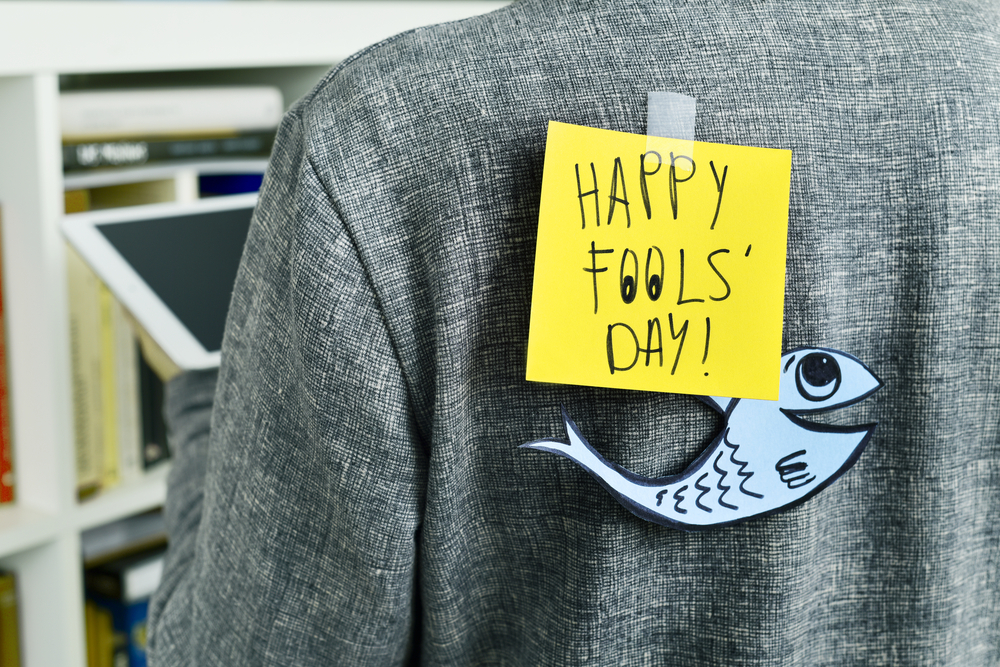
April 1 is a fun day for some but a pain in the neck for others. Pranks and jokes of all kinds abound, whether executed in good clean fun or presenting serious annoyances to their targets on April Fools’ Day. If you’re wondering where all the tomfoolery came from, the answers may surprise you.
Much Ado About New Years’ Day
In modern times, most of the world celebrates the dawn of a new year every January 1. Meanwhile, many ancient civilizations placed their new year holidays near the spring equinox. Livius.org mentions Akitu, a Babylonian festival dedicated to their gods. Akitu kicked off the new year with songs, feasting, worship, and public proclamations of joyful tidings.
Before the introduction of the Julian calendar, ancient Romans also marked the new year’s beginning in March. Looking at our modern calendar, you can see remains of their older dating schema. For instance, September is so named because it used to be the seventh month.
How January 1 Came Into Being
Washington Post writer Steve Hendrix explains that this calendar required frequent changes. Date calibration brought it back in line when it wandered too far away from the original seasons. With help from the Alexandrian astronomer Sosigenes, Julius Caesar developed a new calendar in 46 B.C.E. This version implemented familiar features, such as a leap day every four years. The resulting iteration took effect on January 1, 45 B.C.E.
So How Did April 1 Become the New Year?
Live Science writer Remy Melina divulges that marking the new year on January 1 wasn’t a widespread tradition in medieval Europe. In fact, some considered these celebrations as pagan and chose to switch the holiday to other dates. Depending on where you lived and your church authorities’ preference, you might mark it on December 25. In a few areas, the chosen date was March 25 to coincide with the Feast of the Annunciation. Others selected Easter, which usually occurred during the last week of March or the beginning of April.
Pope Gregory XIII Institutes More Changes
Unfortunately, the Julian calendar had a few major flaws. The Washington Post’s Steve Hendrix clarifies that each Julian year was 11 minutes too long. As a result, date slippage and misalignments developed slowly over several centuries. This problem prompted Pope Gregory XIII to make corrections. His Jesuit astronomer assisted, dropping 10 days from the year 1582 C.E. and developing new leap year rules.
These may not seem like huge modifications, but we tend to take our functional calendar for granted. EarthSky’s Bruce McClure helps put things into perspective. Had the Gregorian calendar never existed, what seemed January 1 to us would actually fall on January 14.
Resistant to Change? You’re an April Fool
While the Western world shifted to the new Gregorian calendar, others didn’t catch on so quickly. The History Channel offers one hypothesis for the development of April Fools’ Day. People who continued celebrating the new year in late March or early April became target of pranks and ruses.
On the other hand, the Encyclopedia Britannica includes another possible origin for the custom. In August 1564 C.E., French king Charles XI proclaimed that each year would start on January 1. A person who didn’t adopt the new date was called a “poisson d’avril” or an “April fish.” Some historians also suggest ties between April Fools’ Day and Hilaria, an ancient Roman holiday honoring Cybele. During this festival, people dressed in disguises and played pranks.
Religion, Holidays, and Timekeeping Tied Together
A quick study of history demonstrates the close connection between religion and timekeeping. Yet this history, along with the development of April Fools’ Day, shows another truth. We as humans remain connected with and influenced by each other, even through innocuous practices like following a calendar.

